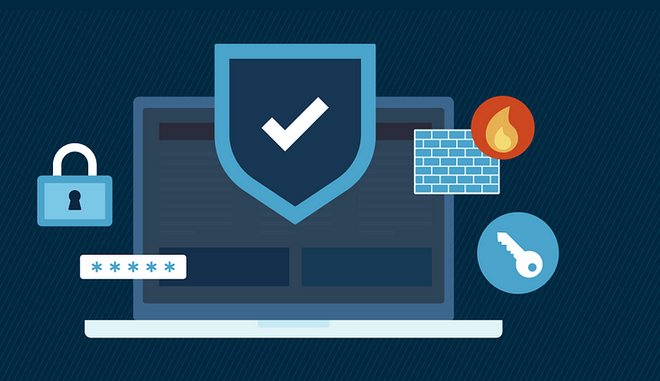
Patch Management 101: Keeping Your Endpoints Up-to-Date
In today’s cybersecurity landscape, where cyber threats are constantly evolving, keeping your endpoints up-to-date and secure is crucial. Patch management refers to the process of identifying, acquiring, testing, and applying patches or updates to software and systems to address vulnerabilities and improve security. By implementing effective patch management practices, organizations can reduce the risk of cyberattacks, data breaches, and system compromises.

Understanding Patch Management
Patch management involves a systematic approach to managing software updates across an organization’s IT infrastructure. It includes the following key steps:
Identification
The first step in patch management is identifying vulnerabilities and available patches for software and systems. This may involve monitoring security advisories, vendor notifications, and threat intelligence sources to stay informed about the latest vulnerabilities and patches.
Acquisition
Once vulnerabilities are identified, organizations need to acquire the necessary patches from software vendors or trusted sources. This may involve downloading patches from official websites or using patch management tools that automate the process of acquiring and distributing patches.
Testing
Before deploying patches to production environments, it’s essential to test them in a controlled environment to ensure compatibility and stability. Testing helps identify any potential issues or conflicts that may arise from applying patches to existing systems.
Deployment
After successful testing, patches can be deployed to production environments. Depending on the organization’s patch management strategy, patches may be deployed manually or automatically using patch management tools. It’s important to schedule patch deployment during maintenance windows to minimize disruptionsfxgdzfzdfzdfudffxg to business operations.
Verification
Once patches are deployed, it’s crucial to verify that they have been applied successfully and that the systems are secure. This may involve conducting post-deployment checks and vulnerability scans to ensure that all endpoints are up-to-date and protected against known vulnerabilities.
Importance of Patches
Effective patch handling is essential for maintaining the security and integrity of IT systems and networks. By promptly applying patches to address known vulnerabilities, organizations can reduce the risk of cyberattacks, data breaches, and system compromises. Patch also helps ensure compliance with regulatory requirements and industry standards, which mandate the timely application of security patches to protect sensitive information.
Best Practices for Patch Management
Establish Patch Handling Policies
Develop formal patch policies and procedures that outline roles and responsibilities, patch deployment schedules, and testing protocols.
Automate Patch Handling Processes
Utilize patch tools and software solutions to automate the patching process, streamline deployment, and ensure timely updates across all endpoints.
Prioritize Critical Patches
Identify and prioritize critical patches that address known vulnerabilities with a high risk of exploitation. Patch critical vulnerabilities promptly to mitigate security risks.
Monitor and Audit Patch Compliance
Regularly monitor and audit endpoint systems to ensure compliance with patch policies and identify any gaps or vulnerabilities that require remediation.
Stay Informed and Vigilant
Stay informed about emerging threats and security vulnerabilities by monitoring security advisories, threat intelligence feeds, and vendor notifications. Remain vigilant and proactive in applying patches to protect against evolving cyber threats.
Conclusion
Patch handling is a fundamental aspect of cybersecurity that helps organizations mitigate security risks, protect sensitive data, and maintain regulatory compliance. By implementing effective patch management practices and staying proactive in addressing known vulnerabilities, organizations can enhance the security posture of their IT infrastructure and reduce the likelihood of cyber incidents. Prioritizing patch management as part of a comprehensive cybersecurity strategy is essential for safeguarding against emerging threats and maintaining a resilient defence against cyberattacks.



